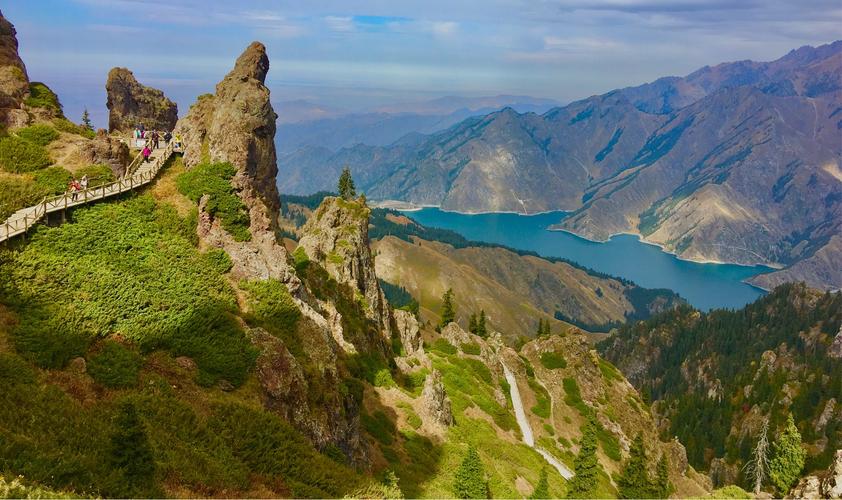The exploration of the cultural heritage of different countries can unravel fascinating stories, traditions, and beliefs that have shaped generations. One organization that has taken the lead in recognizing and preserving world heritage sites is the United Nations Educational, Scientific and Cultural Organization (UNESCO).
UNESCO identifies, protects, and preserves cultural and natural heritage sites worldwide that have significant cultural or physical significance. In total, there are 1,121 UNESCO World Heritage Sites across 167 countries, which showcase remarkable human achievements in architecture, archeology, anthropology, and other fields.
The diverse cultural heritage sites designated by UNESCO offer a glimpse into the rich history and traditions of the world. From prehistoric Megalithic Temples of Malta to the symbolic Sydney Opera House, these sites carry immense historical, cultural, or scientific significance.
Let’s take a closer look at some of the magnificent cultural heritage sites designated by UNESCO globally:
1. Angkor Wat, Cambodia:
Angkor Wat, the largest temple complex in the world dedicated to the Hindu deity Vishnu, is a symbol of Khmer culture and civilization. Built in the 12th century, the site has impressive architectural features, intricate stone carvings, and an elaborate network of canals and moats.
2. Taj Mahal, India:
The Taj Mahal, described as the ‘jewel of Muslim art in India,’ is a tribute to undying love. Built by Mughal Emperor Shah Jahan in the memory of his wife Mumtaz Mahal, the iconic white-marble structure reflects the perfect blend of Indian, Islamic, and Persian architectural styles.
3. Machu Picchu, Peru:
Machu Picchu, perched high in the Andes Mountains, is an impressive ancient Incan ruin site dating back to the 15th century. The site displays an excellent example of Incan architecture, terraced farming systems, and sophisticated water management.
4. Great Wall of China, China:
The Great Wall of China, constructed over several centuries, was built to protect the country from foreign invasions. The wall showcases exceptional architecture, engineering, and military defense strategy, making it one of the world’s most important cultural heritage sites.
5. Venice, Italy:
The city of Venice, built on 118 islands separated by narrow canals, is famous for its beautiful bridges, historic buildings, and art masterpieces. The city is a remarkable example of human adaptation to water and is renowned for its unique urban form and architecture.
These sites share immeasurable cultural significance and attract millions of visitors globally, who come to explore the rich history and traditions of these world-renowned monuments.
In conclusion, UNESCO designation from cultural heritage sites serves as a testament to our shared cultural heritage and reflects the depth and diversity of human history and creativity. By preserving and protecting these treasures, we can pass on our cultural legacy to future generations and ensure their invaluable contribution to our common human heritage.
(Note: Do you have knowledge or insights to share? Unlock new opportunities and expand your reach by joining our authors team. Click Registration to join us and share your expertise with our readers.)
Speech tips:
Please note that any statements involving politics will not be approved.
